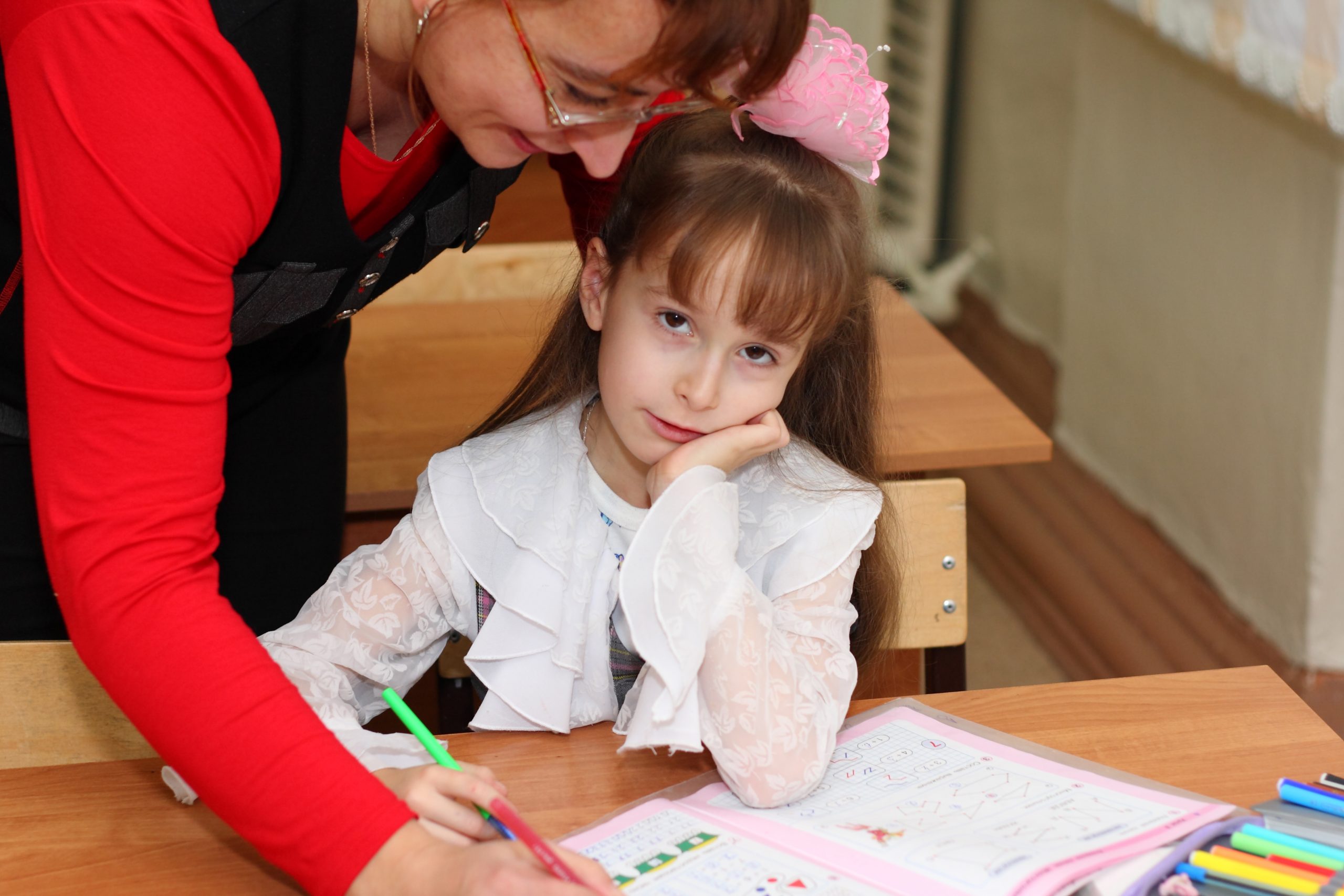by Karen | Oct 15, 2018 | Accommodations for Students with Hearing Loss, For Professionals
Described and Captioned Media Program The Described and Captioned Media Program’s mission to promote and provide equal access to communication and learning for students who are blind, visually impaired, deaf, hard of hearing, or deaf-blind. DCMP is funded by the...
by Karen | Oct 11, 2018 | Goodies
I am often asked, if I had to choose, which would be the most important assessments for teachers of the deaf/hard of hearing to routinely use during initial or triennial assessments. Assessments that reflect unique needs of our students Assessments to tease out...

by Karen | Oct 11, 2018 | Assessment of Student Skills, Challenges, Needs, For Professionals
The evaluation process requires1 that a variety of assessment tools and strategies are used to gather relevant functional, developmental, and academic information about the student to determine if there is a disability that is adversely affecting educational...

by Karen | Oct 1, 2018 | For Professionals, Planning to Meet Student Needs
Itinerant teachers must be ready for anything. Many itinerant teachers have evolved into their role, rather than trained for it. The transition from classroom teacher to traveling teacher meant altering my expectations and constantly redefining my role in my...
by Karen | Oct 1, 2018 | Goodies
Can a 504 Plan be ENOUGH Support? Many more students with hearing loss are being denied eligibility for specialized instruction and provided 504 Plans to meet their accommodation needs. The US Department of Education provides extensive answers to 47 FAQs on Section...


